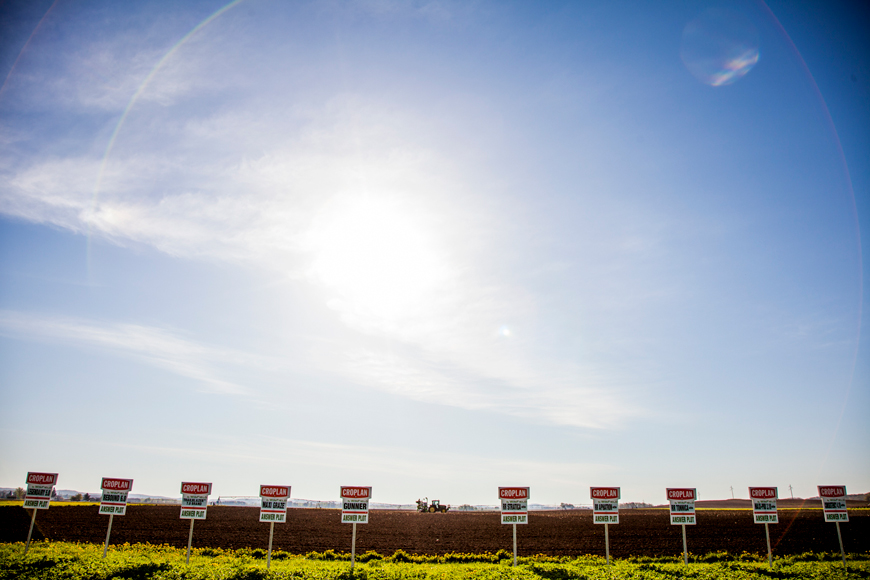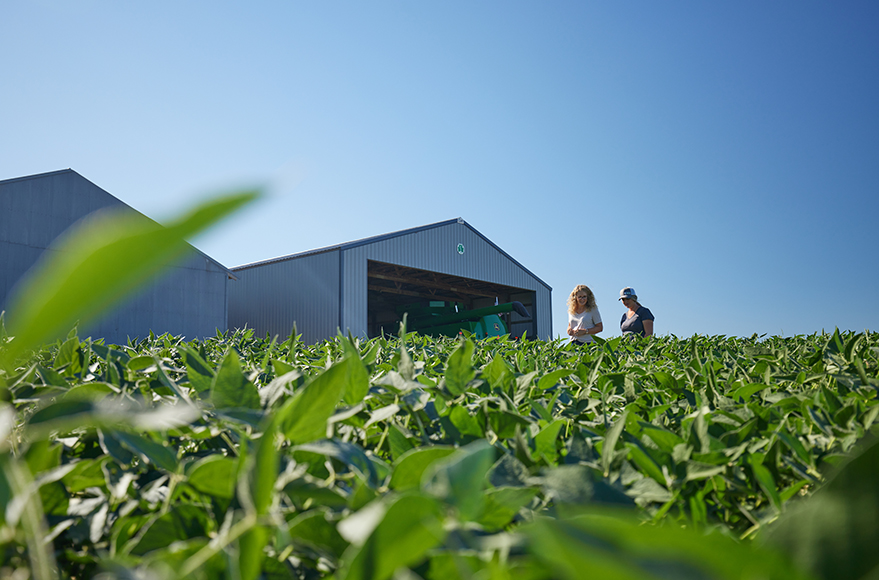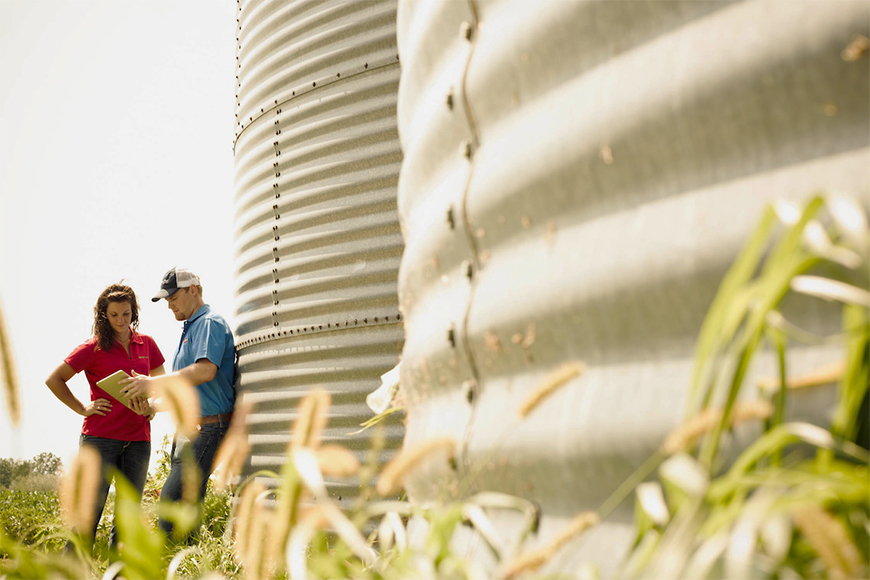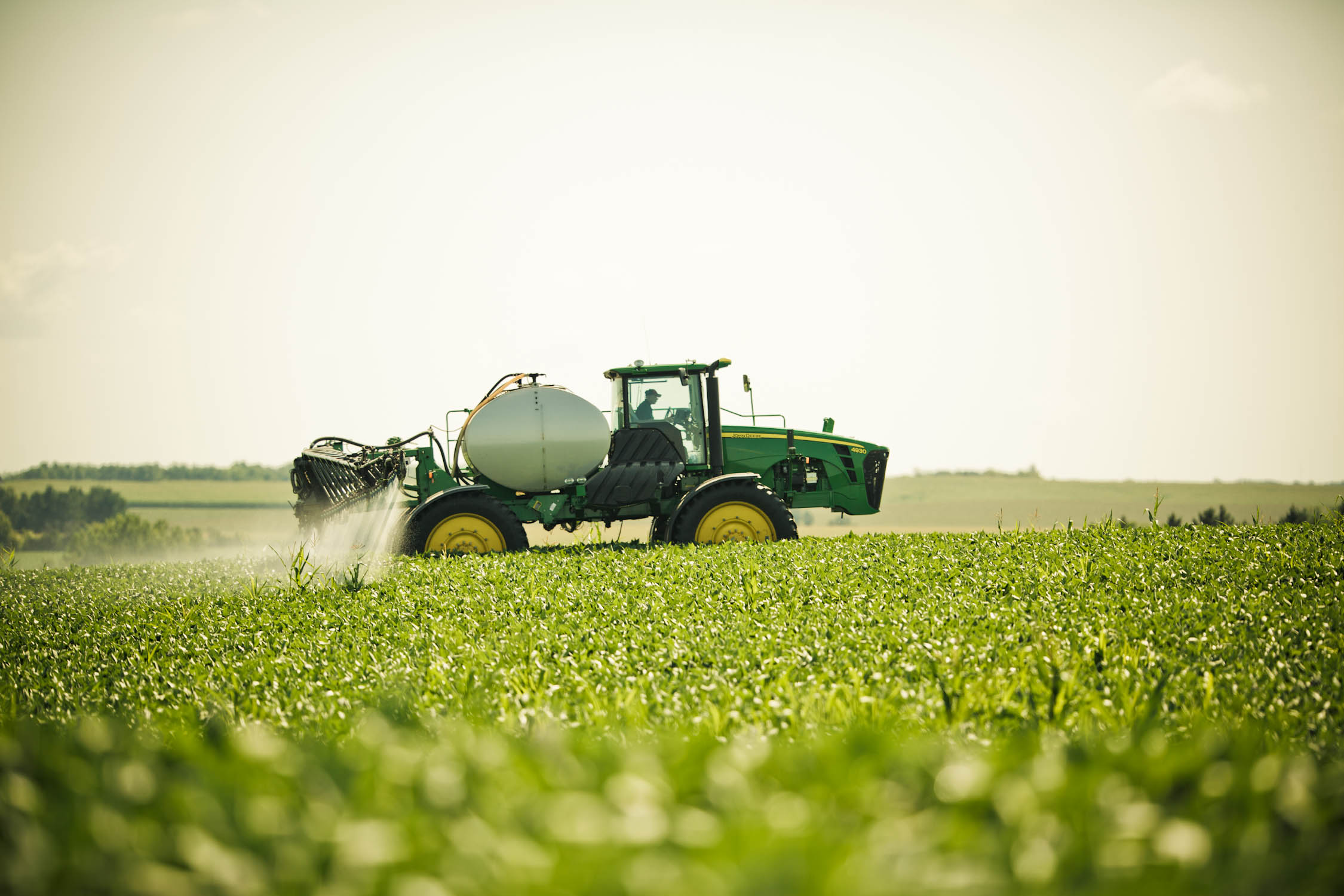Considering Cover Crops
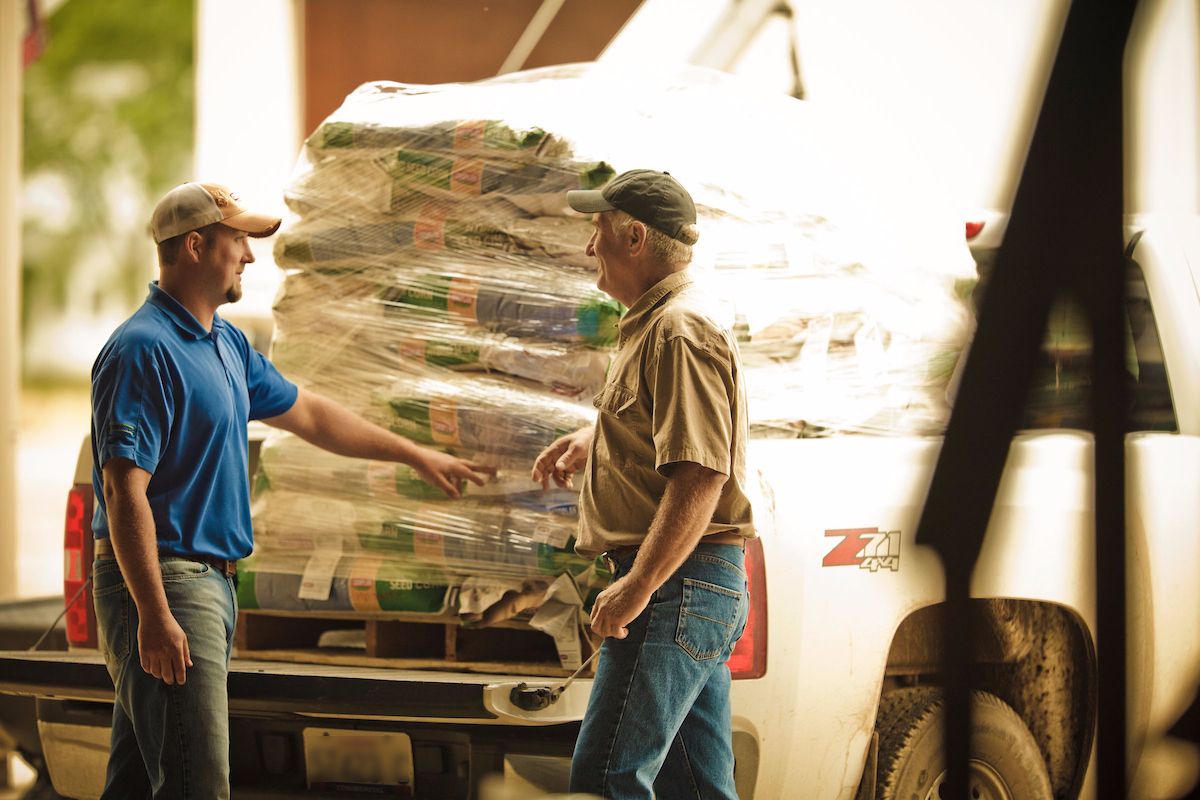
Cover crops are a popular tactic used to help improve sustainability, soil health, soil structure and more. If you’re thinking of incorporating cover crops into your management strategy, first consider the potential advantages and challenges.
Potential advantages of cover crops
Properly established cover crops can reduce soil erosion, sequester nitrogen (N) and/or carbon (C), build soil tilth, increase water- and nutrient-holding capacity, and foster diverse soil fauna and microbes. These benefits could provide long- and short-term economic advantages through increased yields, better weed control and N or C conservation, sequestration or addition.
To get the most of your cover crops, it’s important to plant species that align with your goals. For example, planting peas into a harvested wheat field allows the C from the wheat straw to be broken down with limited to no additional N fertilizer. Then nutrients are held in the soil during the winter for the microflora to feed on, and N is released from the pea nodules for the next crop.
Potential challenges of cover crops
Cover crops can be challenging to establish without affecting the primary crop and may even be cost-prohibitive in the short term. If they are seeded in a broadcast fashion in a standing crop, cover crops will only establish with adequate moisture and light under the canopy, plus good seed-to-soil contact.
If seeded after harvest of the primary crop, the window for cover crops to germinate and establish may be short. Turnips, radish or buckwheat may fit this window. However, care to keep undesirable seed production from hurting the next crop is important. Buckwheat, for example, grows very quickly and needs to be incorporated as a green manure before it sets seed approximately 30 days after planting. Remember to consider the cover crop’s growth habits, as hairy vetch can behave like a perennial and be harder to kill. Once established, cover crop residues can make it difficult to attain quality primary crop stands, especially in corn.
Finally, depending on the cover crop species and operational costs, you could spend a sizable amount on seed. Dual-purpose livestock rotational grazing, regrowth and incorporation of cover crops could help with seed cost recuperation. Check with your agronomist to see if Natural Resources Conservation Service (NRCS) cost-share options are available in your area.
Benefits for sustainability
Cover crops shield soil from the impact of rain and wind, which reduces erosion. Plus, cover crop root systems provide many benefits. They penetrate compacted soils, creating root channels that make soil more porous, resulting in improved infiltration of air, water and subsequent crop root systems. Live root systems also foster soil microbial growth and produce organic compounds that bind soil particles together to create better soil structure, which also helps reduce erosion.
Some cover crops can also keep N out of groundwater. For example, cereal grains such as rye, oat, wheat and triticale scavenge for nitrates in the profile and convert them to stable organic forms. Legume cover crop species fix N from the air and provide an organic N source for the upcoming cash crop.
The increased biomass created by cover crops converts to organic matter over time, providing many benefits, including increased water- and nutrient-holding capacity.
Tillage systems
Farmers who use no-till or strip-till methods may have more experience with and tools for dealing with crop residue but cover crops can work in any tillage system. Keeping live plants in the soil as long as possible during the growing season provides advantages even for conventional tillage systems.
The time you put into planning and preparing will determine your ultimate success with cover crops. And, though there are many short-term benefits, it’s important to keep in mind that economic advantages may become more evident further down the road. Be clear about your goals and expectations before starting down the cover crop path and work with your local WinField® United representative to help build a strategic plan.
All photos are either the property of WinField United or used with permission.
© 2021 WinField United. Important: Before use always read and follow label instructions. Crop performance is dependent on several factors many of which are beyond the control of WinField United, including without limitation, soil type, pest pressures, agronomic practices and weather conditions. Growers are encouraged to consider data from multiple locations, over multiple years and to be mindful of how such agronomic conditions could impact results. WinField is a trademark of WinField United. All other trademarks are the property of their respective owners.


